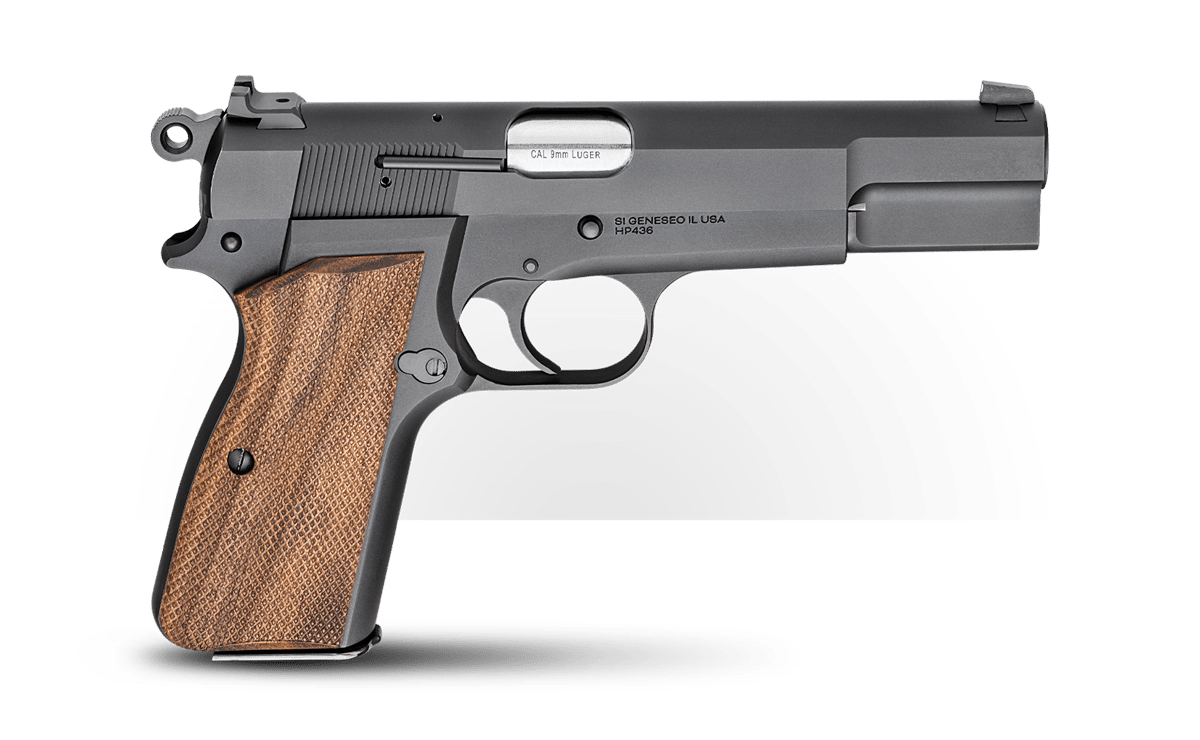The Story of the 9mm
September 7th, 2023
6 minute read
A dive into vintage firearms and ammunition catalogs brings us the origins of products still popular — and the failings of many that have stumbled at market. Thumbing through the pages of a renowned firearms catalog from 1934, I found Lugers chambered in 7.65 and 9mm. Yes, the prices drew tears! The text confirmed that since the turn of the 20th century, the Luger had been accepted by military units around the world and was also popular with motorcycle policemen facing automobile bandits. By the standards of that day, the 9mm was a powerful round indeed!
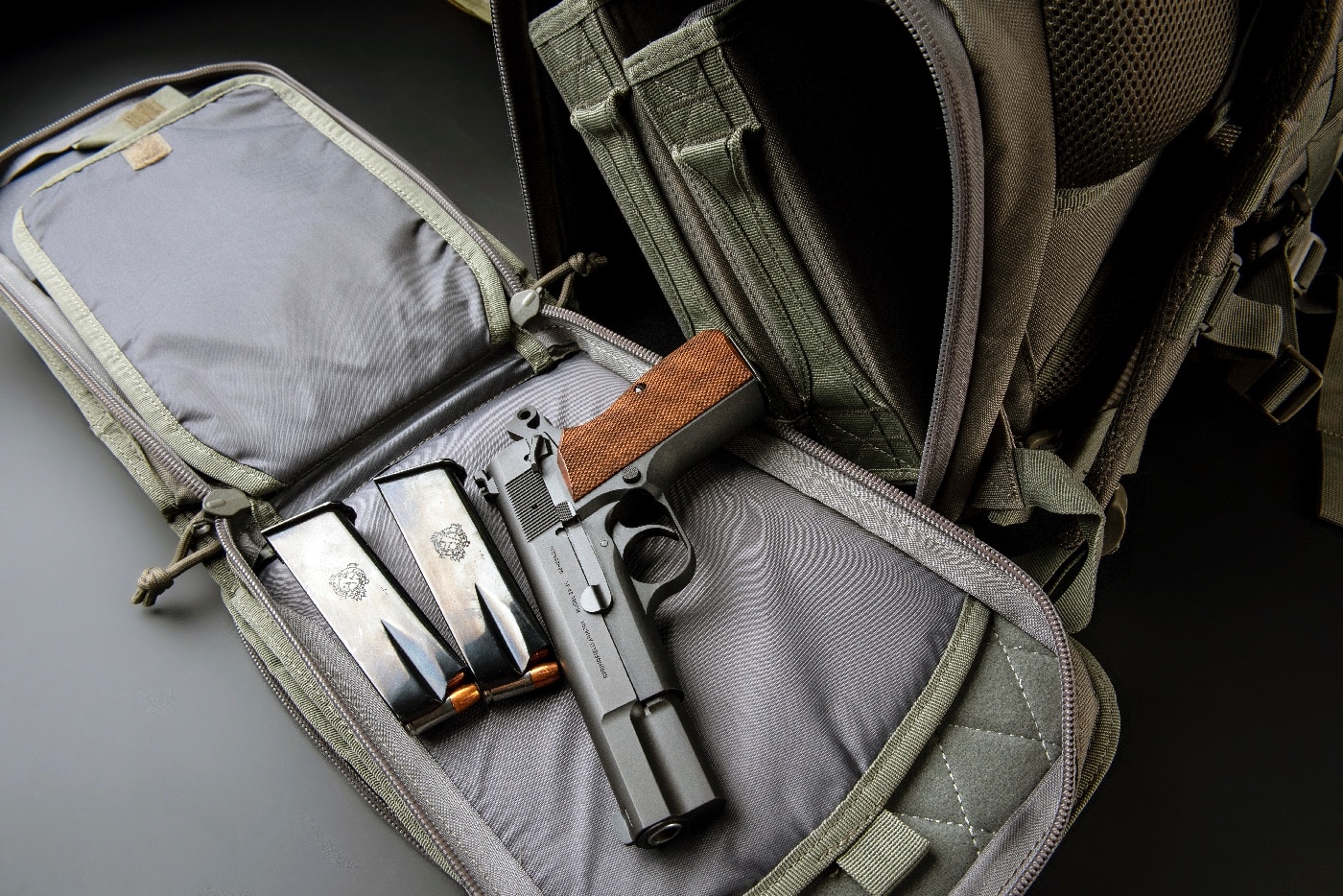
A 1934 Peters ammo roster listed the 9mm with 125-grain FMJ and HP bullets. From 4” barrels they clocked 1,030 fps, packed 300 ft-lbs of energy. The 7.65 (.30) Luger sent 93-grain bullets at 1,173 fps from 4½” barrels, with 284 ft-lbs. The 9mm was just getting traction; the 7.65 would fade.
The Foundation
The Germans were on the ball before the world caught fire in 1914. In 1893 they’d trotted out the 7×57 rifle cartridge, in 1905 the 8×57 JS and 9.3×62. All are still commercially loaded, still popular. But no rifle round from the Old Country can match the success of the pistol cartridge Georg Luger produced in 1902 by necking his 7.65mm case to accept 9mm bullets.
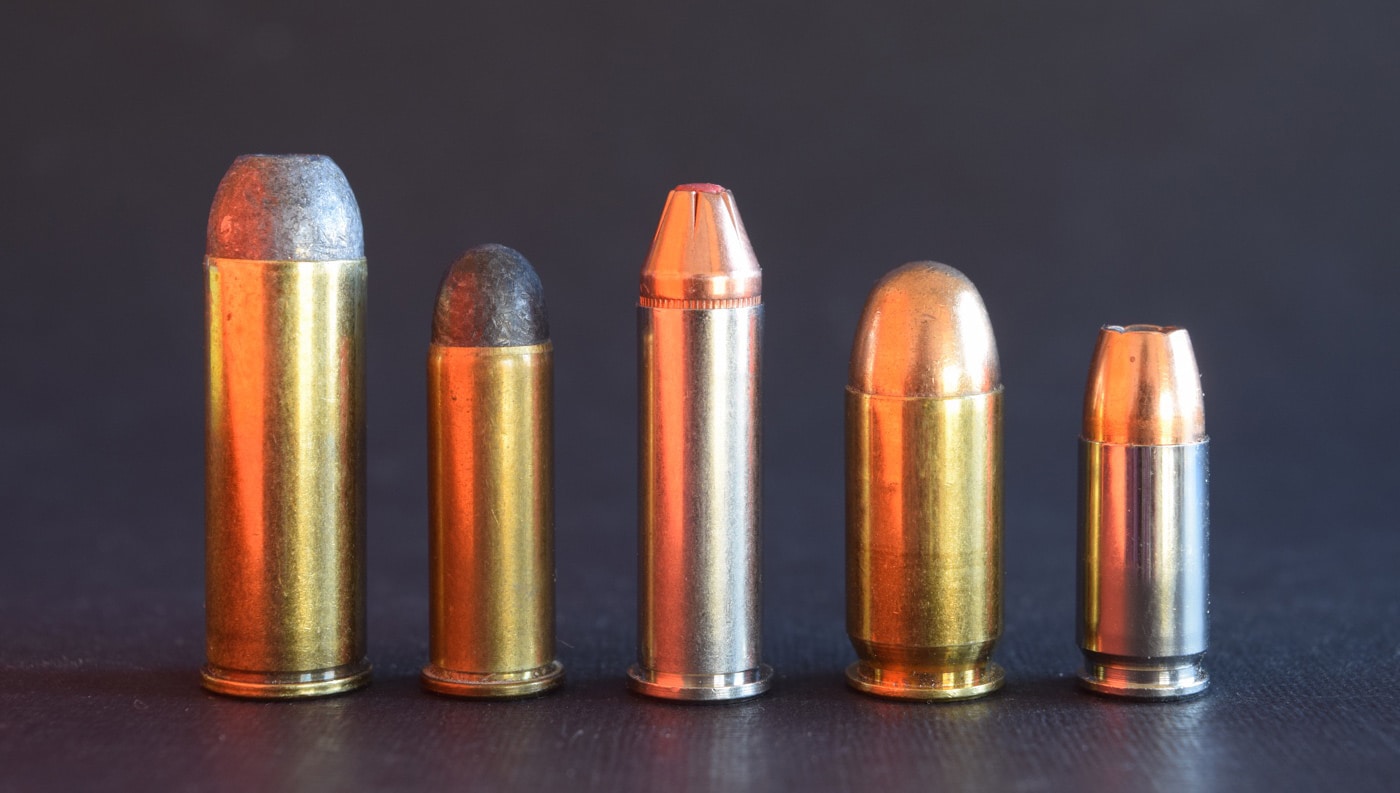
Chambered in the Luger pistol of that year, it was adopted by the German navy in 1904, by the German Army in 1908. Soon it caught the attention of other nations. When NATO was formed in the 1950s, the 9mm Luger round became the standard sidearm cartridge for all NATO members — except the U.S. Not until 1985 would our armed forces break off their long romance with the .45 ACP to take up the 9mm. Since then “the nine” has served, in uniform and out, in sub-machineguns as well as pistols, among elite military units worldwide. Russia came late to the party. Not 20 years ago, the 9mm Luger (or 9mm Parabellum or 9×19) became the first Russian military cartridge designed out of country.
[For another perspective, check out 9mm vs. 45 ACP: The Ultimate Caliber Conundrum.]
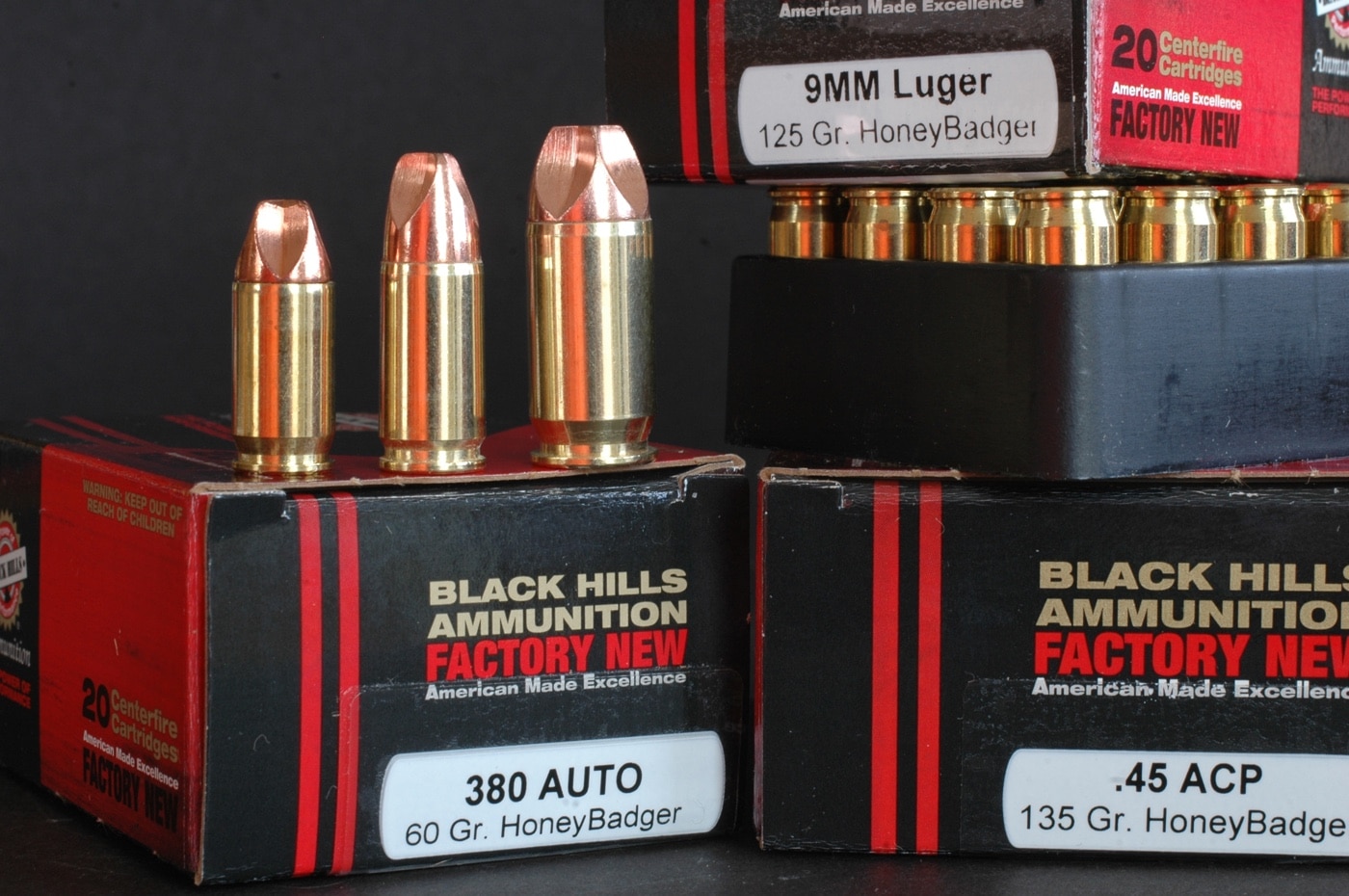
Oddly enough, this round owes much to North America’s firearms wizard John Moses Browning. Celebrated for the lever-action rifles he designed, then for self-loading shotguns first built in Belgium, Browning applied his genius to full-auto mechanisms in the BAR battle rifle, the 1917 and later .50-caliber machine guns.
But as early as 1894 he’d developed a gas-driven .38 pistol. The next year he had a blowback-cycled .32. At his usual break-neck pace, Browning improved on both in 1896, with a handgun that would blaze a path to the future. Upon firing, breech and barrel stayed locked as recoil started them rearward. A link pulled the barrel down, separating them. Refined, this mechanism cycled the 1911 that would serve U.S. armed forces for 74 years.
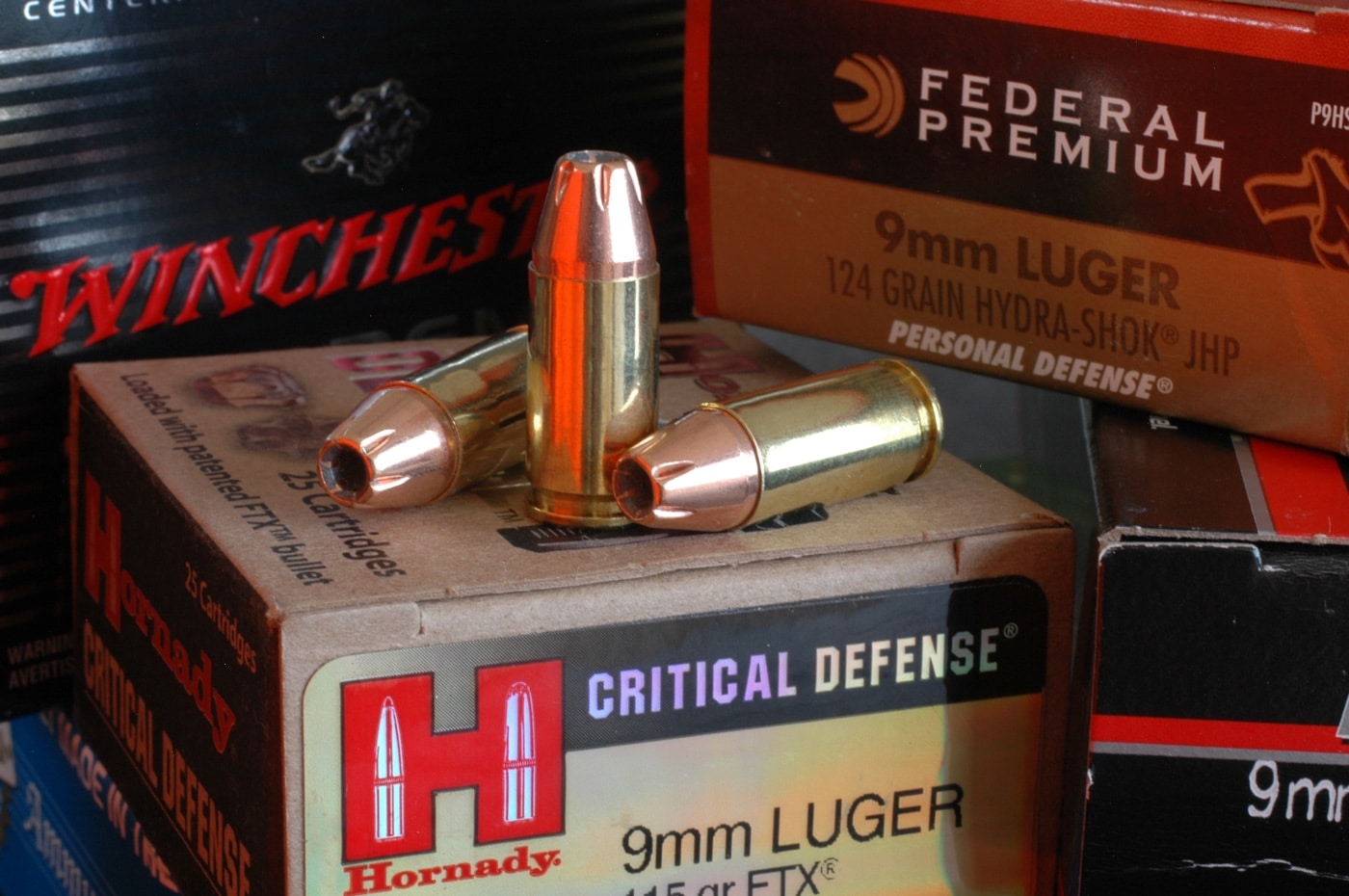
John Browning’s .32 ACP Model of 1900 was patented in 1897. Improvements blessed its successor, the Model 1903. Almost concurrently, a 9mm version appeared, Browning’s first “nine.” Over the next 20 years, the prolific designer would come up with several more pistols. The Model 1903 would appear in .380 ACP.
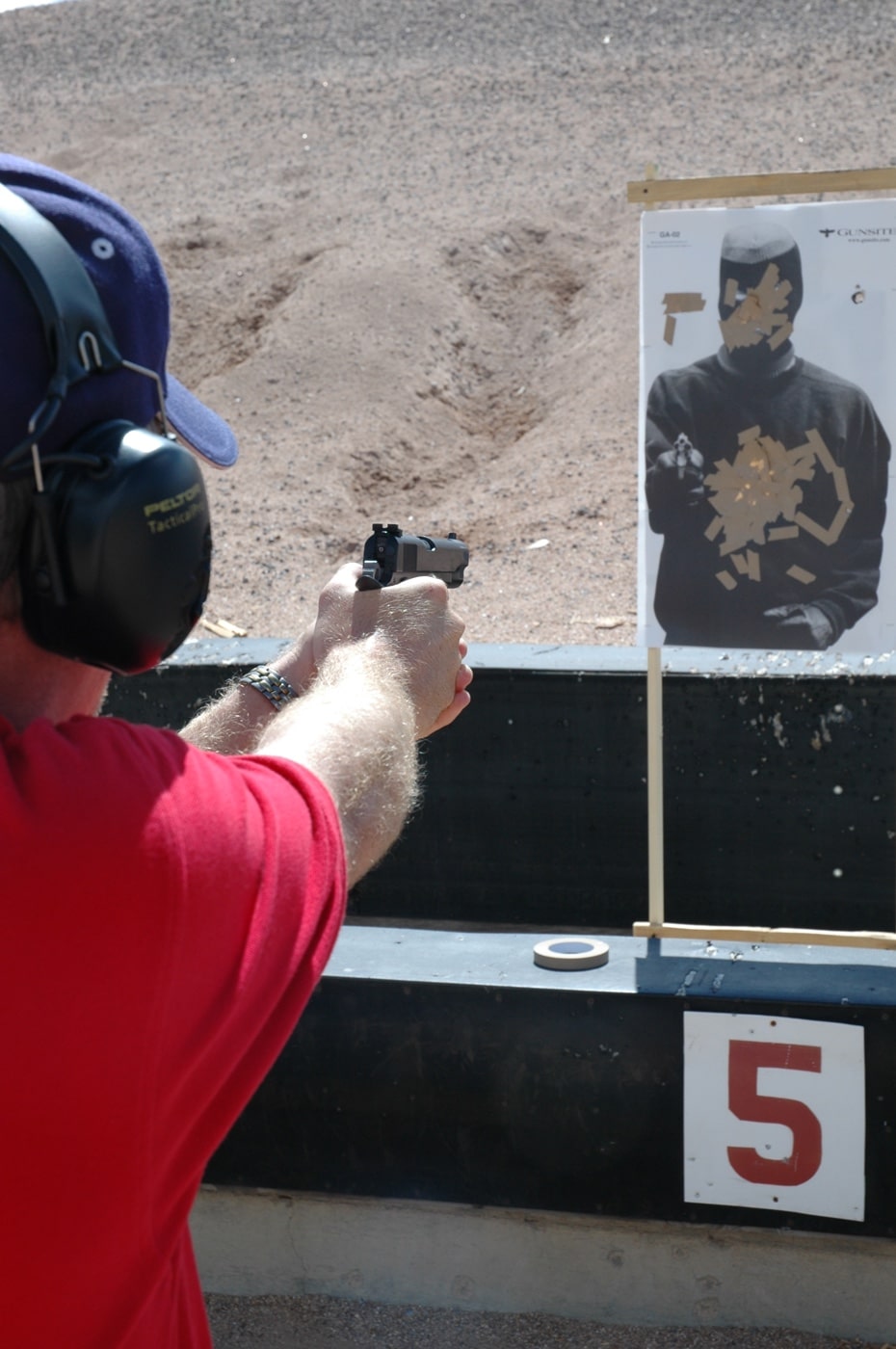
The last pistol from John Browning’s bench was in response to a request from France’s Ministry of War for a high-capacity 9mm sidearm. The 9mm Parabellum, a short-recoil-driven pistol, was patented February 22, 1927, three months after Browning’s death. That pistol, going into full production in 1935 as the P.35 pistol, was adopted by Belgium’s army and other European military units. The pistol was also produced in Canada during WWII to supply Canadian, Chinese, Greek and British troops.
The first 9mm cartridge chambered in John Browning’s 1903 pistol was not the 9mm Parabellum, but a slightly less potent European round designed for that arm and called the 9mm Browning Long. Like other 9mms that appeared in the early days of self-loaders, it would have a short life at market. The 9×19, in contrast, has prospered for over a century. Thank the P.35 or the 1902 Luger for its strong start. But credit too the 9×19’s design, and the ammunition manufacturers that have continuously improved its performance.
The Details
The case is of typical straight, rimless profile. It’s .754 inches long, with a .392 head, a .394 rim, a .380 mouth. It holds about 14.5 grains water and uses a small pistol primer. Maximum overall cartridge length: 1.169. Bullet diameter, as for other commercial 9mms, is .355. SAAMI lists maximum average breech pressure at 35,000 psi, 33,000 CUP. Standard rifling in 9×19 barrels has a spin rate of 1 turn in 9.8 inches.
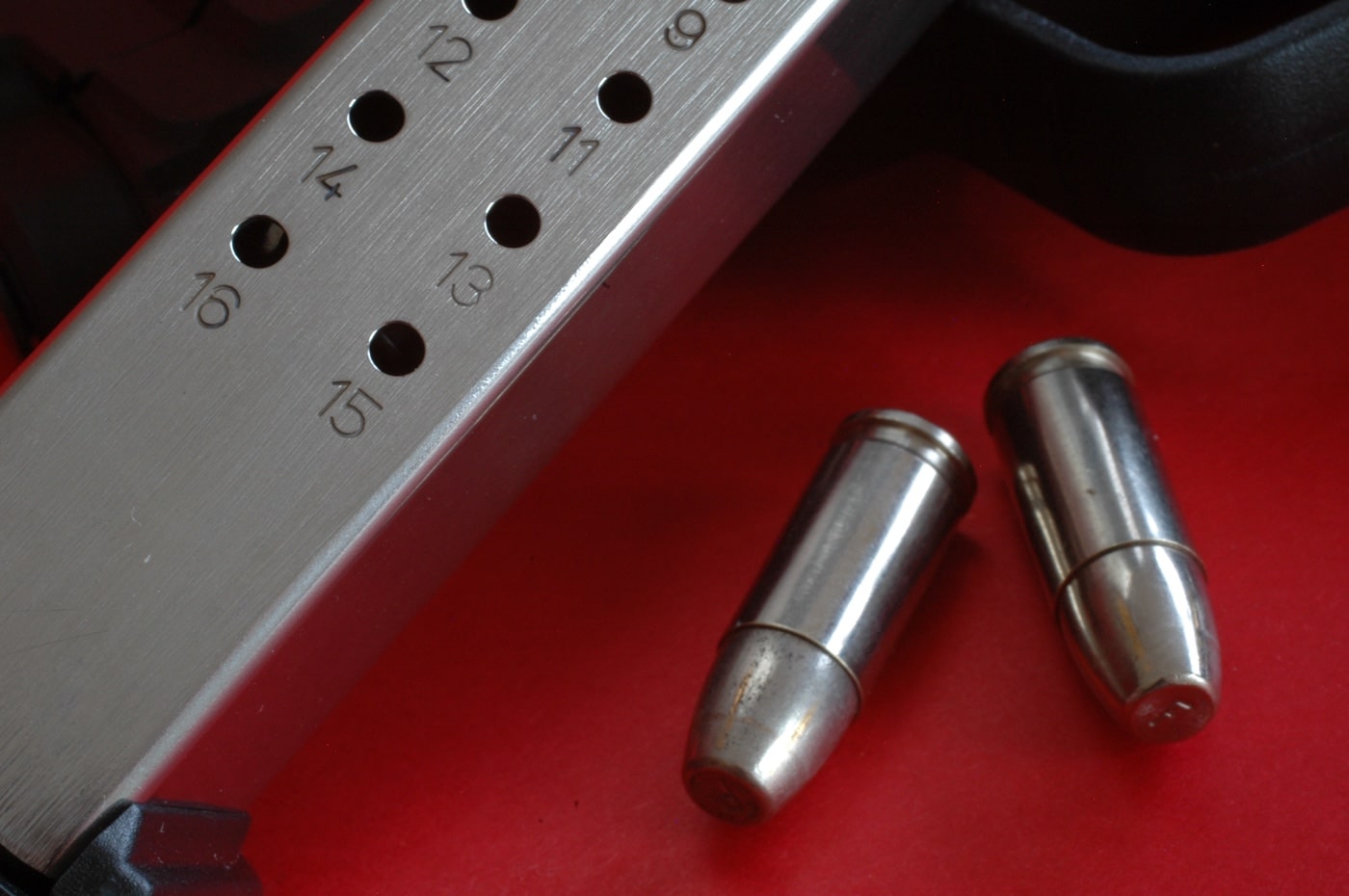
Ballistically, the 9×19 is a close match to the .38 Automatic, circa 1900. That cartridge, though, was supplanted in 1929 by a dimensional twin, the .38 Super Automatic, with loads that hiked velocities about 20 percent. The 9×19 has a decided edge on the shorter .380 Automatic, which drives an 85-grain bullet at 1,000 fps — speed you get from a 147-grain bullet in the Parabellum.
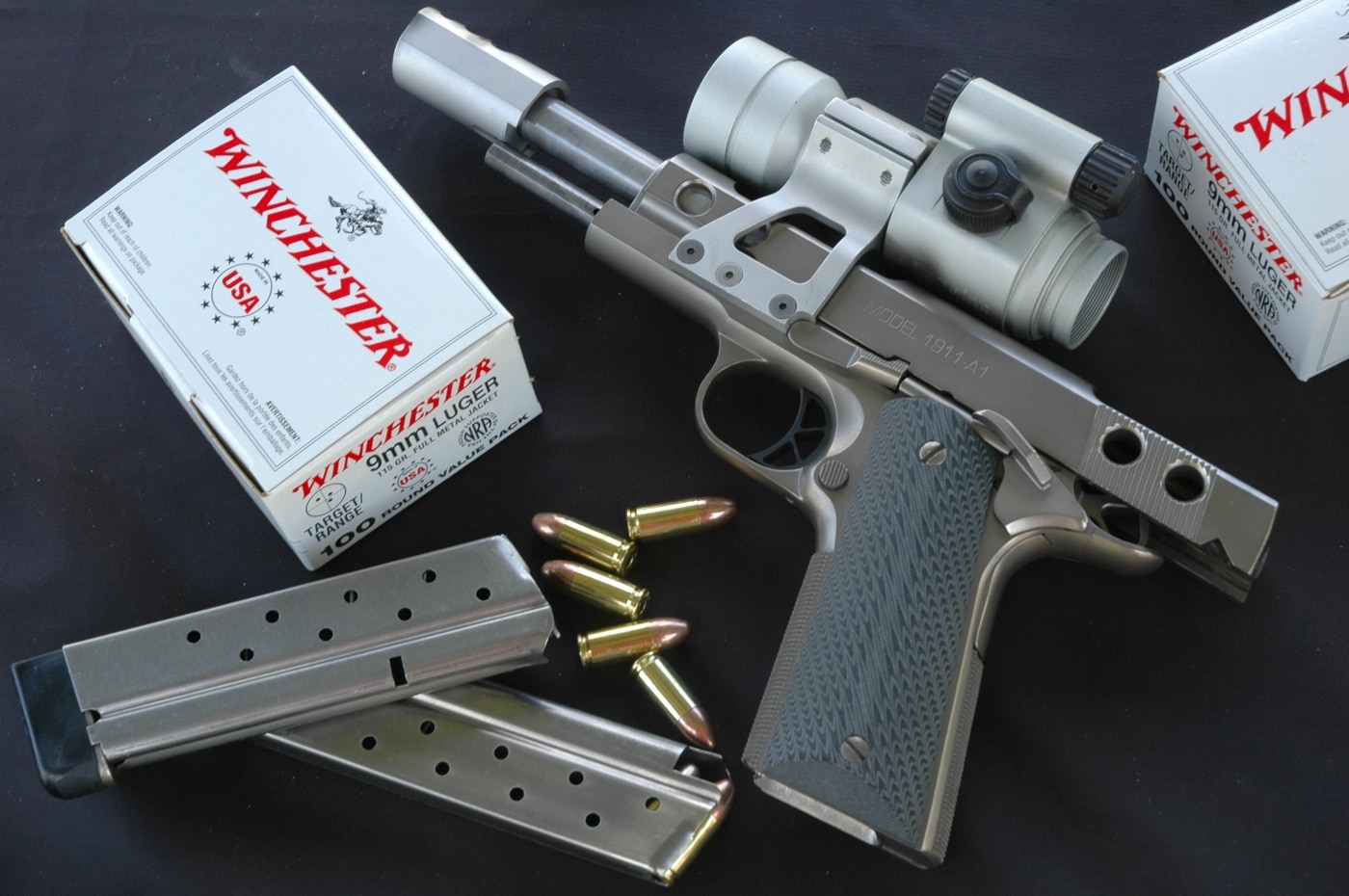
Bullet options have proliferated for this popular cartridge. Commercially loaded jacketed bullets range in weight from 115 to 147 grains, with 115 and 124 top sellers. Bullets of those weights can be sent at 1,200 and 1,150 fps, bringing up to 390 ft-lbs out the muzzle and 330 to the 25-yard mark. The NATO military load is frothy, hurling a 124-grain FMJ at 1,250 fps. Black Hills loads a 100-grain solid-copper Honey Badger to that speed. Despite its light weight, this bullet exits with 347 ft-lbs and is celebrated for deep, devastating wound channels.
A New Take
The 9×19 is equally well suited to pocket pistols and in autos that bulge Carhartts, with double-stack magazines that gulp double-handfuls of cartridges and make belts sag. Among the most appealing of myriad new nines is Springfield Armory’s SA-35. Yes, its profile is clearly that of the Browning-designed P.35. But the American-made SA-35 has refinements — some visible, some internal. The feed ramp has been improved. The white dot front sight and serrated rear make aim easier for aging eyes. The stainless 4 5/8-inch barrel, rifled 1-in-10, is cold-hammer-forged. Charitably, Springfield dispensed with the magazine disconnect, which on original pistols prevented firing unless the magazine was inserted. The SA-35’s double-stack mag also holds 15 rounds, up two from the original P.35 production.
[Don’t miss Massad Ayoob’s article: Is There a 9mm 1911 Problem?]
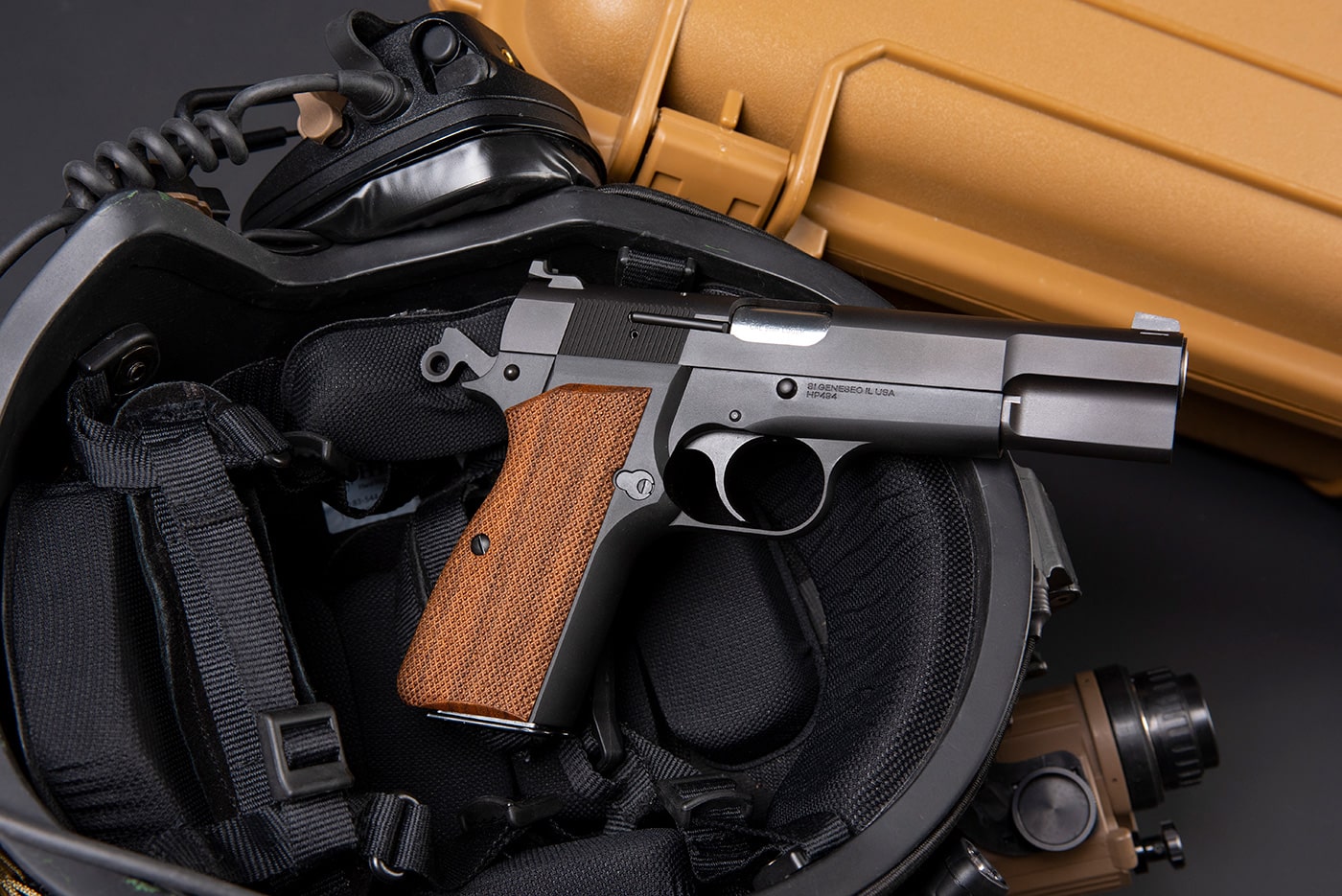
The matte-blued, forged carbon-steel frame and slide of the 32-ounce SA-35 give it real-gun feel and fine balance. Fully checkered walnut grips hug your hand. Palm the slide back, let it whisk a cartridge home. There’s nothing tinny or polymer here. Point it. Likely as not, those sights find the target as if drawn by a string. The SA-35 is quick from my Galco Combat Master holster, and loses none of its agility with a full magazine. Trigger pull is a manageable, if not light, 5.7 pounds.
Accuracy? Because it holds easily on target, you should find the SA-35 eager to please. Mine, just in, is itching for more range time. As soon as the wind stops howling, and the snow moves on, I’ll perforate paper to check accuracy with 115-, 124- and 147-grain loads.
What better venue to exercise 9mm ammo than one of the two pistols that helped launched its remarkable career?
Editor’s Note: Please be sure to check out The Armory Life Forum, where you can comment about our daily articles, as well as just talk guns and gear. Click the “Go To Forum Thread” link below to jump in and discuss this article and much more!
Join the Discussion
Featured in this article
Continue Reading
Did you enjoy this article?

 501
501




